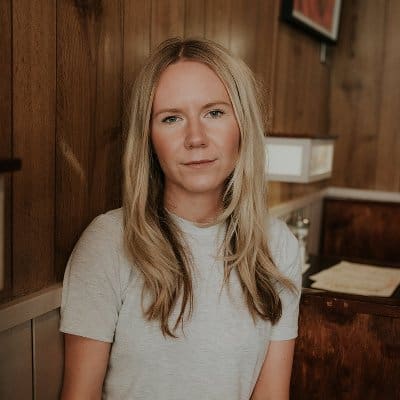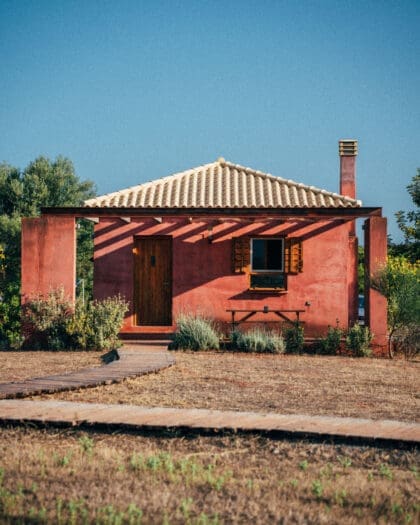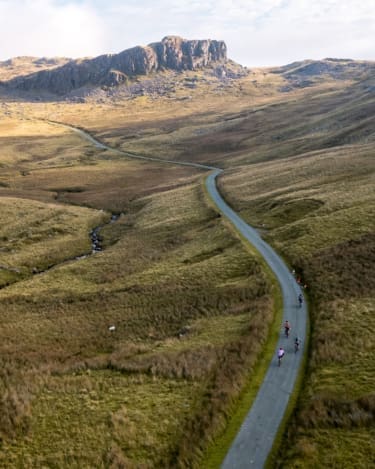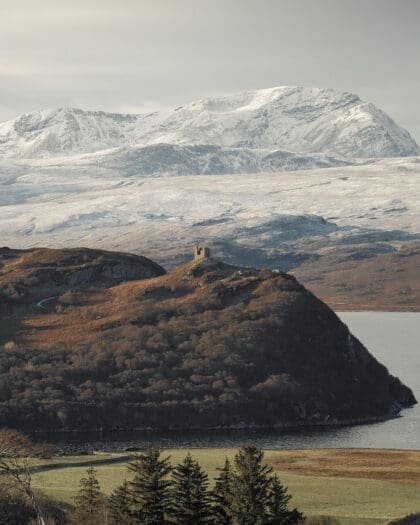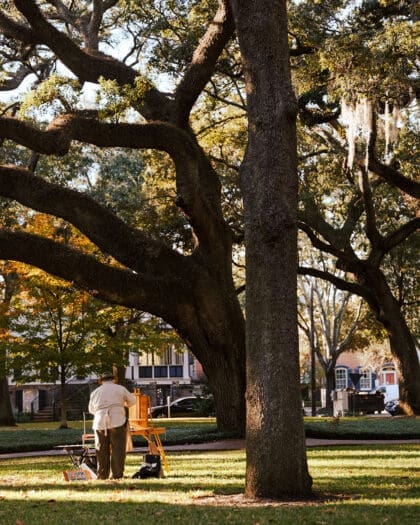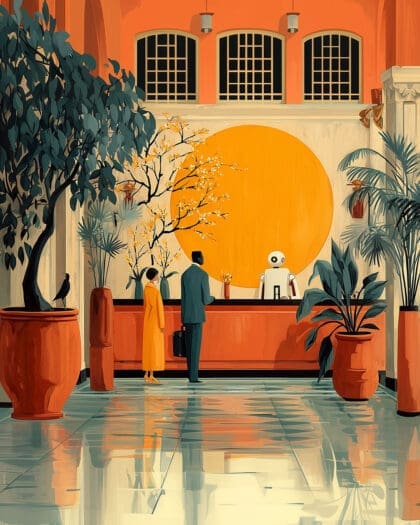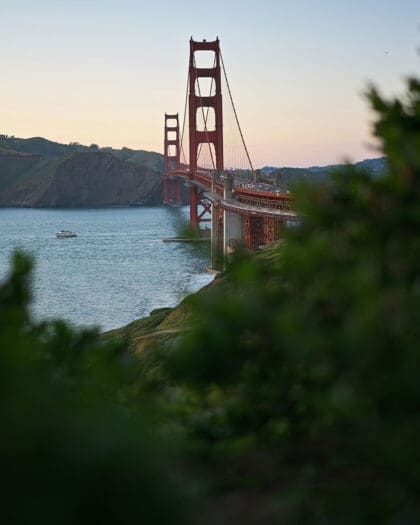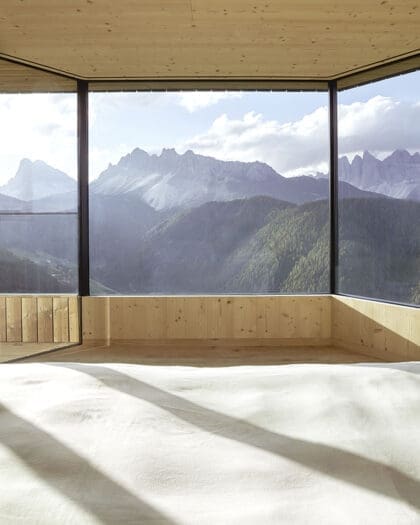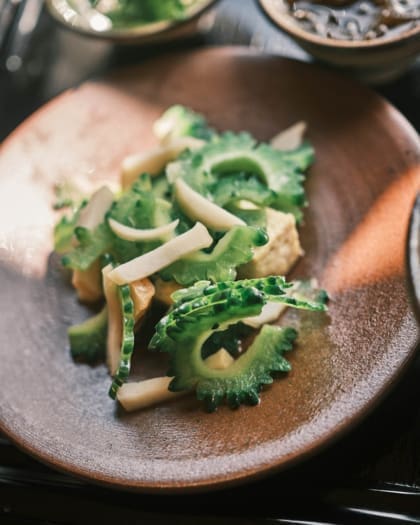
What is longevity and how is it transforming wellness and travel?
From remote Blue Zone communities to the treatment tables at specialist retreats, longevity has become a central motivation within a wellness industry gearing up to help travellers live longer and better. But does the science stack up?
The secrets to long life have been a source of fascination since the ancient Greeks and Egyptians first talked about elixirs of immortality. It’s what led National Geographic writer Dan Buettner to journey from coast to coast in the early noughties, exploring the traits found in what he called Blue Zones: places in the world where higher proportions of people enjoy remarkably long, full lives.
His subsequent studies on these remote destinations, including Okinawa in Japan, the Nicoya peninsula in Costa Rica and Ikaria in Greece, put the concept of longevity, quite literally, on the map – by scientifically linking lifestyle factors and environmental influences with the likelihood of reaching the age of 100.

Longevity informing wellness
With recent advancements in tech, this idea of ‘optimising’ our health has taken on new urgency. In a culture where Oura rings and wearable glucose trackers allow us to obsess over nearly every biomarker of our health, including every step and every bite we take, the art of ageing well has arguably become less an ancient way of life and more a game of 24/7 wellness optimisation.
And this recent shift in thinking has set the stage for a new trend in travel: longevity retreats. Going far beyond a 60-minute Swedish massage and sauna session, these preventative stays are geared up to help well-heeled guests enjoy old age free from disease and sensory decline, using a mix of east-meets-west philosophies, cryogenic chambers and cutting-edge biohacks to improve health and life expectancy, one treatment at a time.
But do these tech-charged retreats actually benefit our lifespan and can we really strategise our way to optimum mental and physical performance?
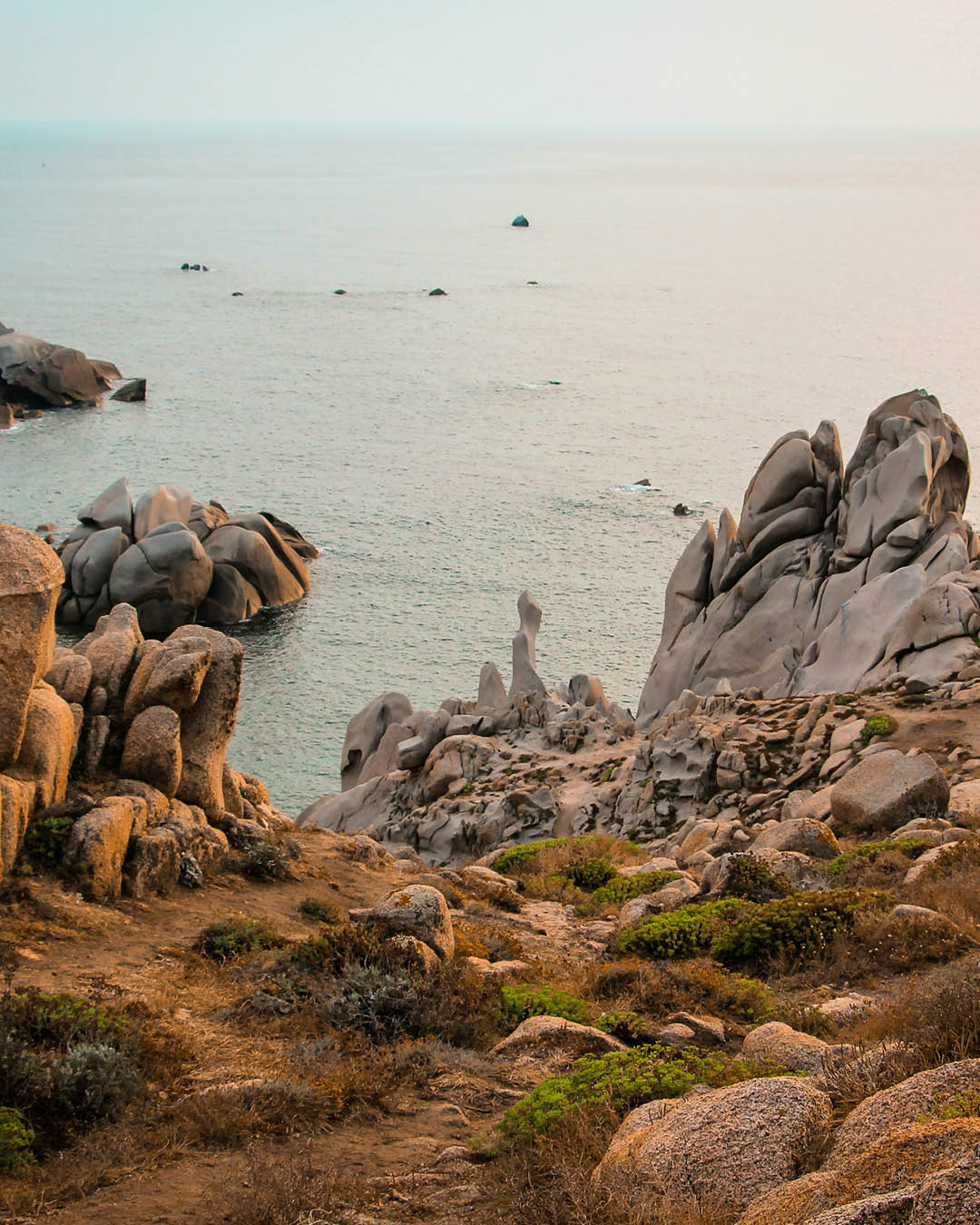
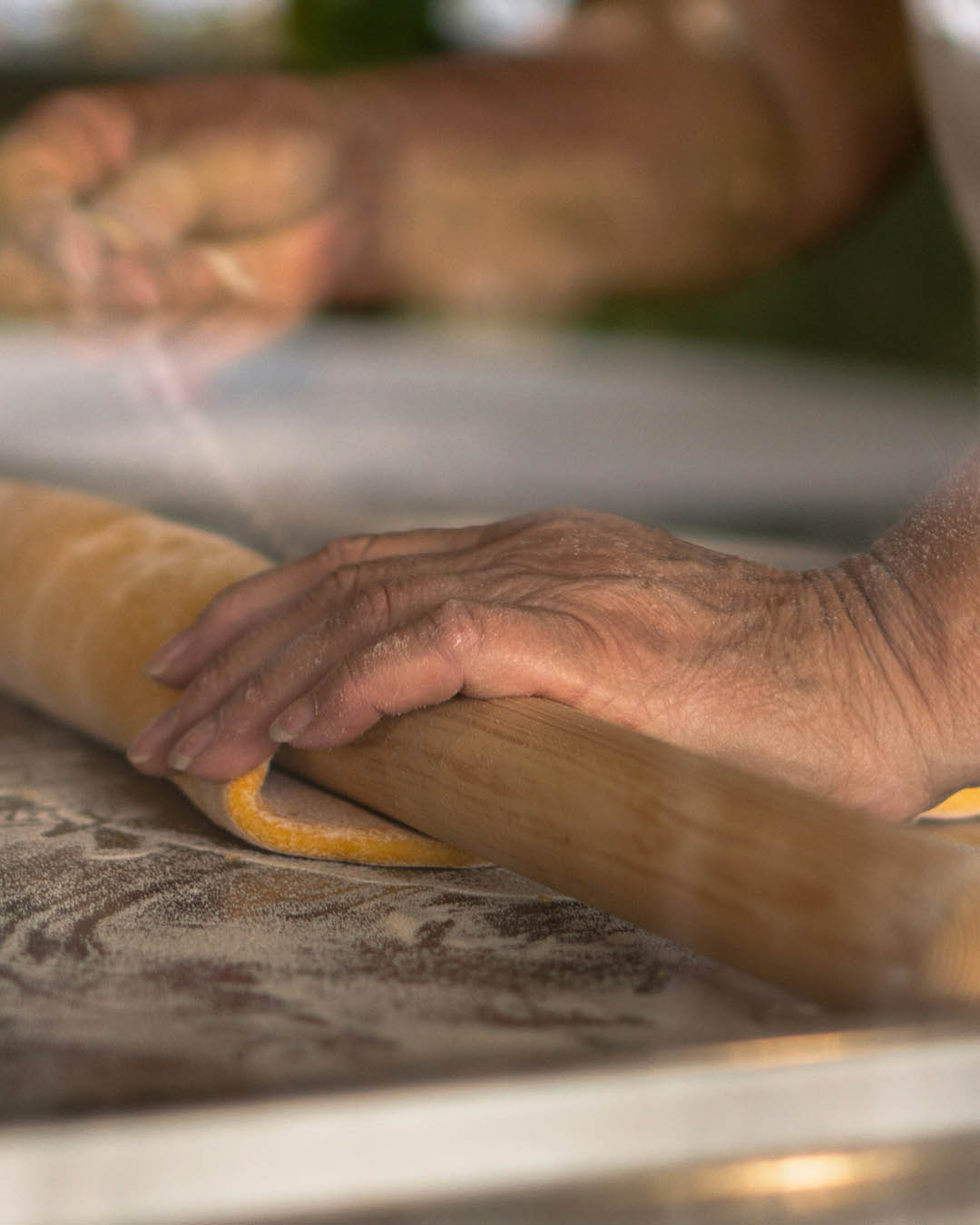
The birth of Blue Zone theory
On the superyacht-studded shores of Porto Cervo – a coastal retreat for the super-rich on the northern tip of Sardinia – billionaires regularly drop anchor (and thousands of euros) at glitzy beachside outposts of Chanel, YSL and Gucci. Yet just a two-hour drive south, you’ll find the unassuming town of Nuoro in Sardinia’s mountainous interior, where the pace of life is as slow as the goats that nibble grass on the slopes. Here, locals sit outside pastel-coloured trattorias, feasting on a simple diet defined by vegetables, dried fruit, olives and cheese, sipping glasses of Mirto and playing cards in the Mediterranean heat.
Spend an afternoon living like a local in Nuoro and it’s easy to see why Sardinia is classified as one of the world’s Blue Zones: places where people enjoy long, disease-free lives. The concept of geographical health hotspots was first explored in a 2004 study published in the journal Experimental Gerontology, where researchers identified the Italian island as the region with the highest concentration of male centenarians in the world.
A year later, Dan Buettner’s Blue Zones project built out the idea, pinpointing four other regions with superhuman centenarians. According to him, these ageing populations all share the same key characteristics. They typically follow plant-based diets rich in fruits, vegetables, whole grains and legumes. Daily physical exercise is a natural part of life. Communities are social and close-knit. And inhabitants often have a strong sense of purpose or ‘ikigai’, the term used in Blue Zone Okinawa to describe a reason for being.
The Blue Zone project’s landmark findings made global headlines, and Buettner has since built a global brand, with bestselling books, sell-out workshops and spin-off documentaries exploring the factors contributing to longevity in these regions and how we can apply them to our own lives.
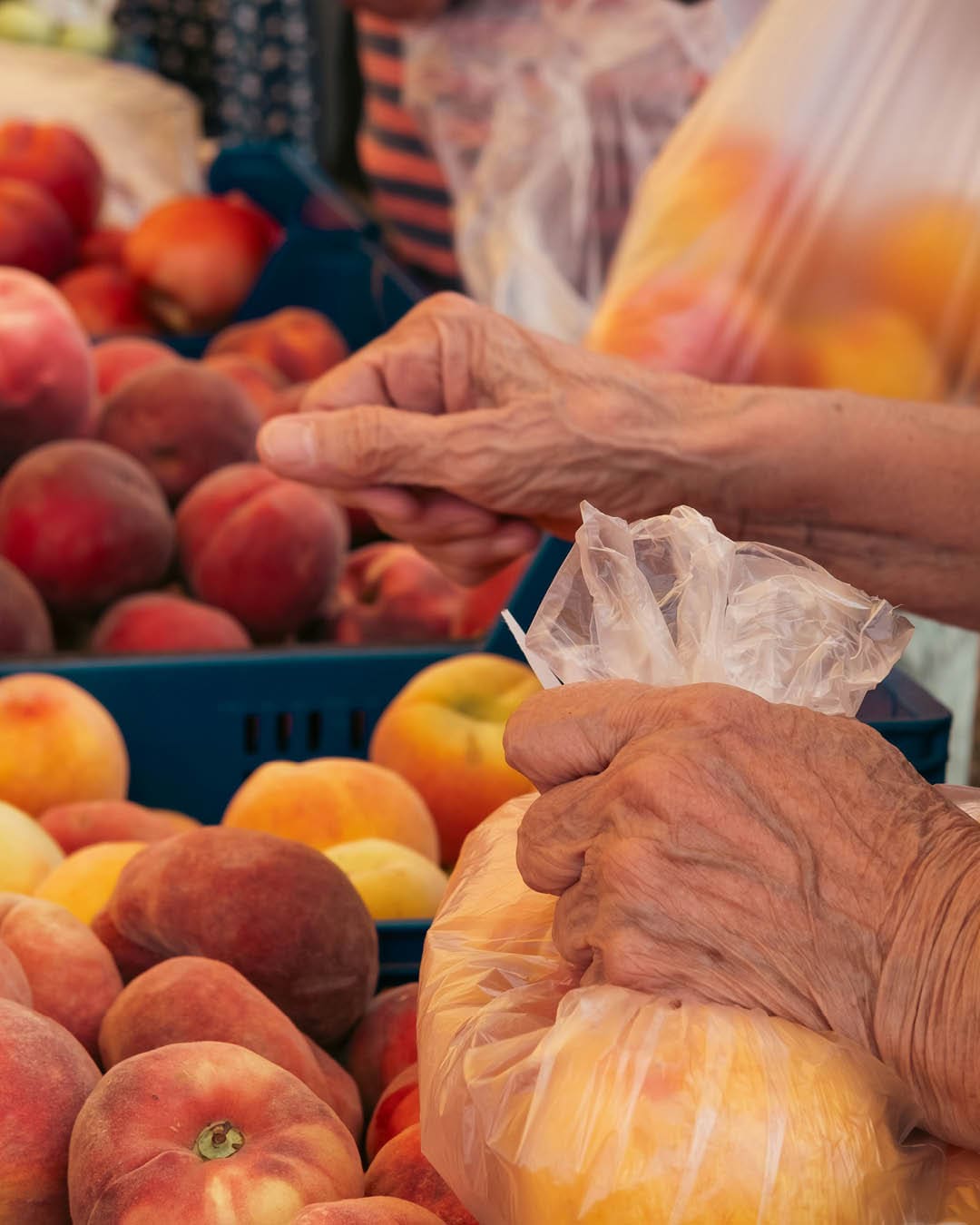
More recently, aspects of the Blue Zone studies have come under fire from the scientific community, with some researchers raising concerns about the validity of the data collected, as well as questioning sample sizes and selection bias. “Some sceptics question whether these areas truly represent exceptional longevity or if there are other factors at play,” says Jurg Bahler, professor of cellular systems biology at University College London. “Yet the findings reiterate valuable habits for long-term health, like eating a plant-based diet and staying active – practices that have been scientifically proven to reduce our risk of disease through peer-reviewed research.”
What the studies have done – undoubtedly amplified by recent Netflix series Live to 100: Secrets of the Blue Zones – has popularised the idea that making it to old age isn’t just blind luck. Instead, we can actually alter our age potential by adopting new lifestyle habits. Unsurprisingly then, it’s something that people are willing to spend large amounts of cash on to access. Health is wealth after all.

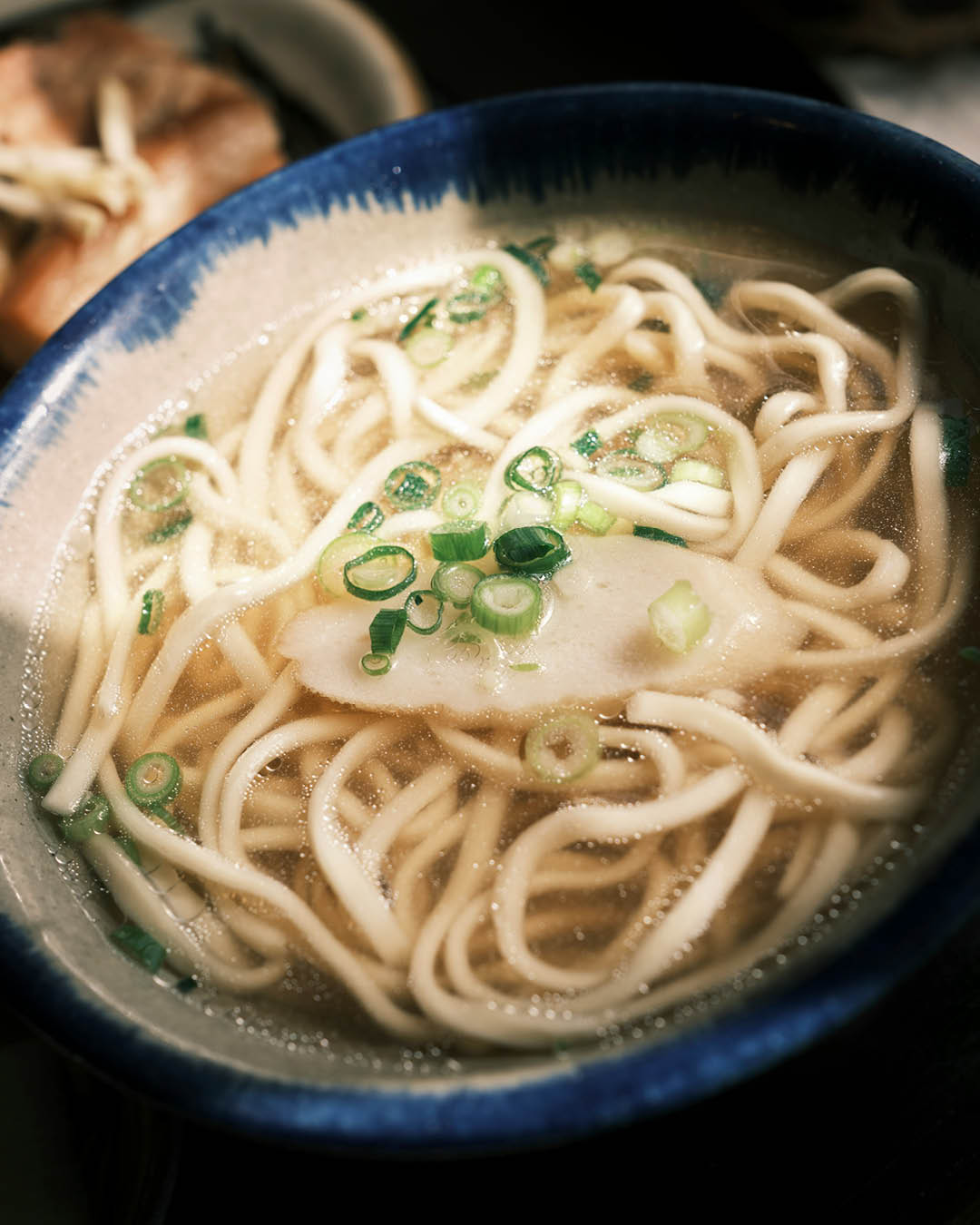
Bar hopping is out, biohacking is in
The booming wellness tourism industry, expected to hit $1.3 trillion by 2025, has responded with a swathe of immersive retreats and workshops, integrating some of these key findings from the Blue Zone regions, catering to health-conscious guests who want to trade in the swim-up bar hangover for optimum wellbeing.
At Heckfield Place, a design-focused country house hotel in the heart of rural Hampshire, UK, frazzled urbanites swap their smartphones for 90 minutes of nature immersion on Japanese forest-bathing walks within more than 400 acres of gnarly woodland.” Similarly, Kamalaya, a wellness sanctuary on the gulf island of Koh Samui in Thailand, recently launched a group retreat to replicate the living environments of the Blue Zones. Think hands-on cooking classes, socially fuelled game nights, stress-busting meditation and gentle movement.
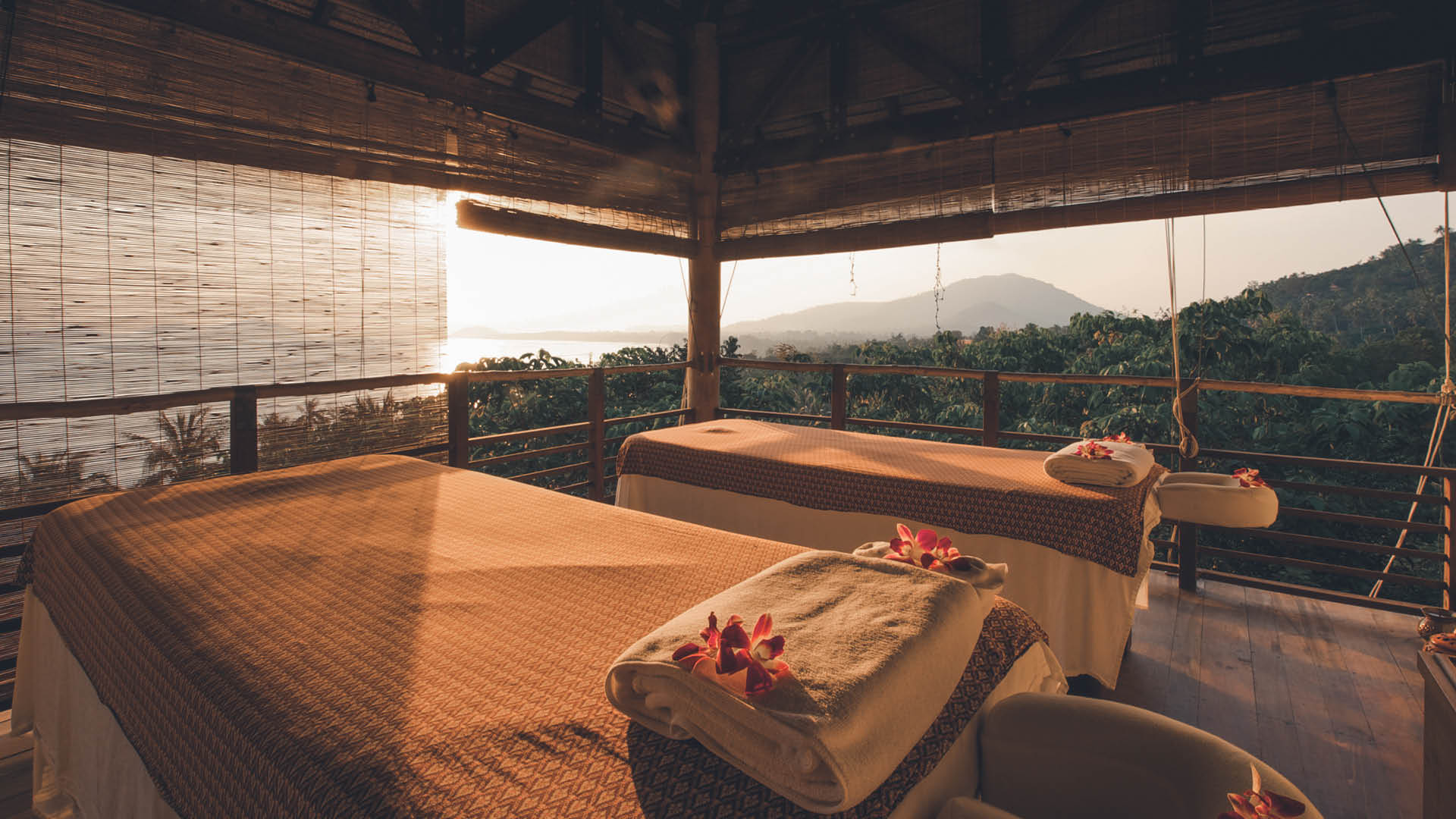
All those tapped into today’s wellness rhetoric will have also come across the term ‘biohacking’: a movement that builds upon basic Blue Zone principles, using advances in tech to supercharge our health. Bulletproof Coffee founder Dave Asprey has been a key player in turning it into a Silicon Valley buzzword.
In the same way that you can hack a computer, biohackers believe we can use science and data to improve our health, fight ageing and up our life expectancy – Asprey even claims he will live to 180, thanks to his biohacking interventions.
Futuristic biohacking retreats have developed a huge variety of longevity-focused activities, ranging from gentle practices – like eating more plants and optimising your sleep – to more specialised interventions such as hyperbaric oxygen therapy and infrared laser treatments.

SHA Wellness Clinic, a destination medical spa with outposts in Spain and Mexico, is one of a growing number of wellness stays that’s cherry-picked the best of both modalities. The clinic has teamed up with leading medical experts in the field of preventive, genetic and anti-ageing medicine to offer a blend of futuristic treatments with effective natural therapies rooted in Blue Zone science. Here, guests can undergo Advanced Cellular Regeneration Therapy, a type of physical treatment performed by a body scanner that is said to ‘recharge cells’ and neutralise the degenerative effects of free radicals – the unstable atoms largely responsible for ageing and disease.
“Our definition of health extends beyond the mere absence of disease,” says Dr Vicente Mera, head of SHA’s Well Ageing unit. “Our approach to longevity focuses on adding life to years, not just years to life.” Basically, it isn’t just about bumping up your age potential, but making sure you’re well enough to actually enjoy those recouped years.
Over at Clinique La Prairie, a Swiss medical-grade clinic at the foot of the Alps, visitors follow a bespoke itinerary that’s tethered to DNA results extracted from personal genetic testing on arrival. From here, they might be prescribed far-infrared therapy to tackle the chronic inflammation that causes disease, time on a zero-gravity floating bed to lower levels of the stress hormone cortisol (often referred to as a ‘silent killer’ in the western world), or neuro-wave stimulation for deep relaxation.
It’s not just medical spas that are getting in on the game. Luxury hoteliers such as Six Senses are increasingly launching bolt-on longevity programmes to help guests juice the maximum health benefits from their limited vacation time. At its Ibiza outpost, the spa offers facilities such as IV infusion drips to bolster the immune system, a gut-healing menu to support the body’s natural repair mechanisms and biomarker screening to uncover underlying health issues.
Our approach to longevity focuses on adding life to years, not just years to life
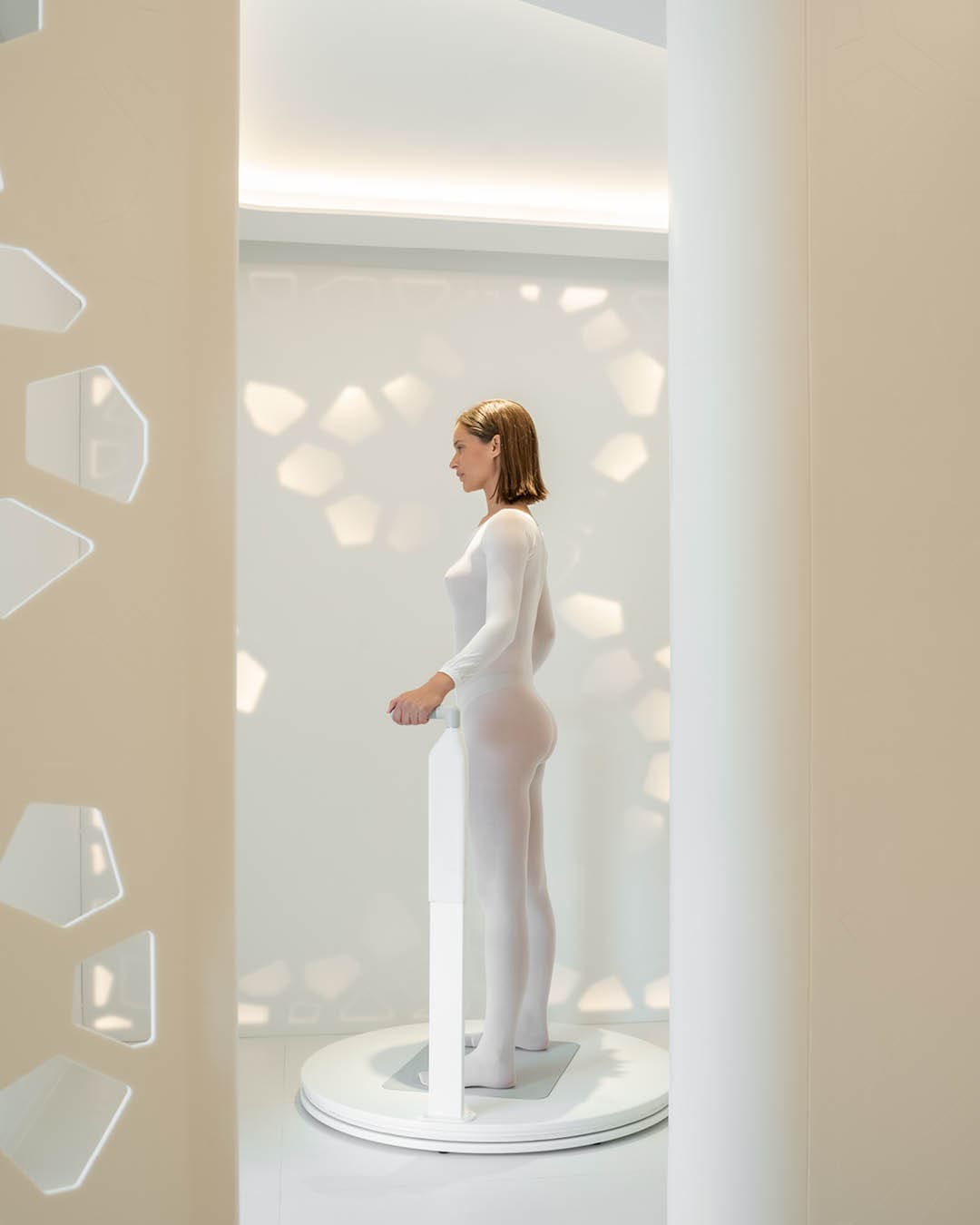

Are there benefits to biohacking?
Experts are generally in agreement here: when it comes to biohacking, the jury is still out.
Dr Gindo Tampubolon, a senior lecturer in global health at the University of Manchester says that there is “little robust evidence” that these treatments scientifically add years to life. While some practices may have smaller health benefits backed by research studies (like sleep optimisation and cold water immersion), others are lacking substantial evidence to support their effectiveness.
“I’m doubtful that these treatments will do much to extend lifespan per se, but going on holiday can certainly make life more worthwhile and improve its quality – a key marker in people who live longer,” he notes – an overall sentiment that Bahler agrees with. “I’m sceptical that these practices have huge benefits for age-related disease prevention,” he says. “But in most cases, it’s unlikely that a spa break is going to do you any harm, and you might find it de-stressing, which is no bad thing for your health.”
Going on holiday can certainly make life more worthwhile and improve its quality – a key marker in people who live longer
So what exactly does improve longevity? Bahler stresses that diet and exercise still remain the most scientifically proven ways to avoid early death. “Simple, inexpensive measures like working out regularly and eating a healthy balanced diet is likely to have a bigger effect than any spa treatment. It’s not fancy, but it’s what we know works.” In fact, a recent study in the journal Nature Food found that shifting to a healthier diet – and sticking to it – can add almost a decade to life for middle-aged people.
Loneliness, too, is increasingly becoming a modern epidemic. The US National Institute on Aging likened its negative health effects as equivalent to smoking up to 15 cigarettes every day. Meanwhile, psychological research suggests that stable, healthy friendships are crucial for our wellbeing and longevity. Community and purpose – two other factors highlighted in the original Blue Zone project – matter more than we think.
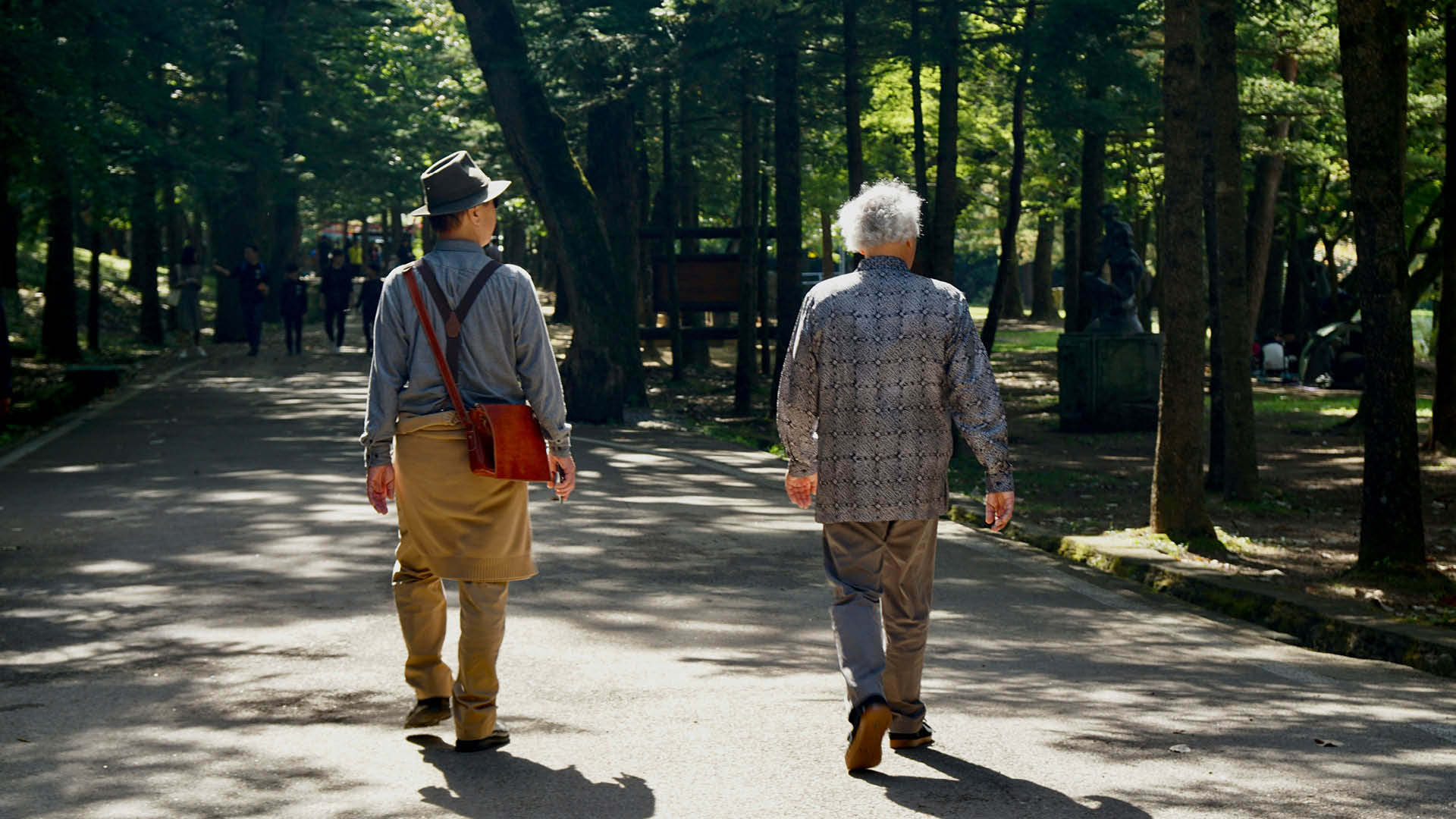
Science is continually looking for the answers to the ageing puzzle, and Tampubolon is confident that we will eventually discover a way to treat and prevent it. “Damage to our DNA, for instance, is emerging as a key talking point in longevity science,” he says. “When we compare ourselves to species with longer lifespans, like elephants, the number of genes capable of repairing damaged DNA appears to be much larger.”
Avoiding DNA damage entirely is nearly impossible, as it’s a natural part of life caused by various factors like UV radiation, environmental toxins and even normal cellular processes. And short-term interventions like a week in a luxury spa certainly won’t stop nature from taking its course.
But perhaps this highlights something else entirely: longevity, as the name suggests, is a long game. While chugging 10 dollar collagen shots and wearing high-tech compression boots might give the illusion of long-term wellbeing, it’s often the simple, free and easily practicable habits that science continually underscores as best for our health.
